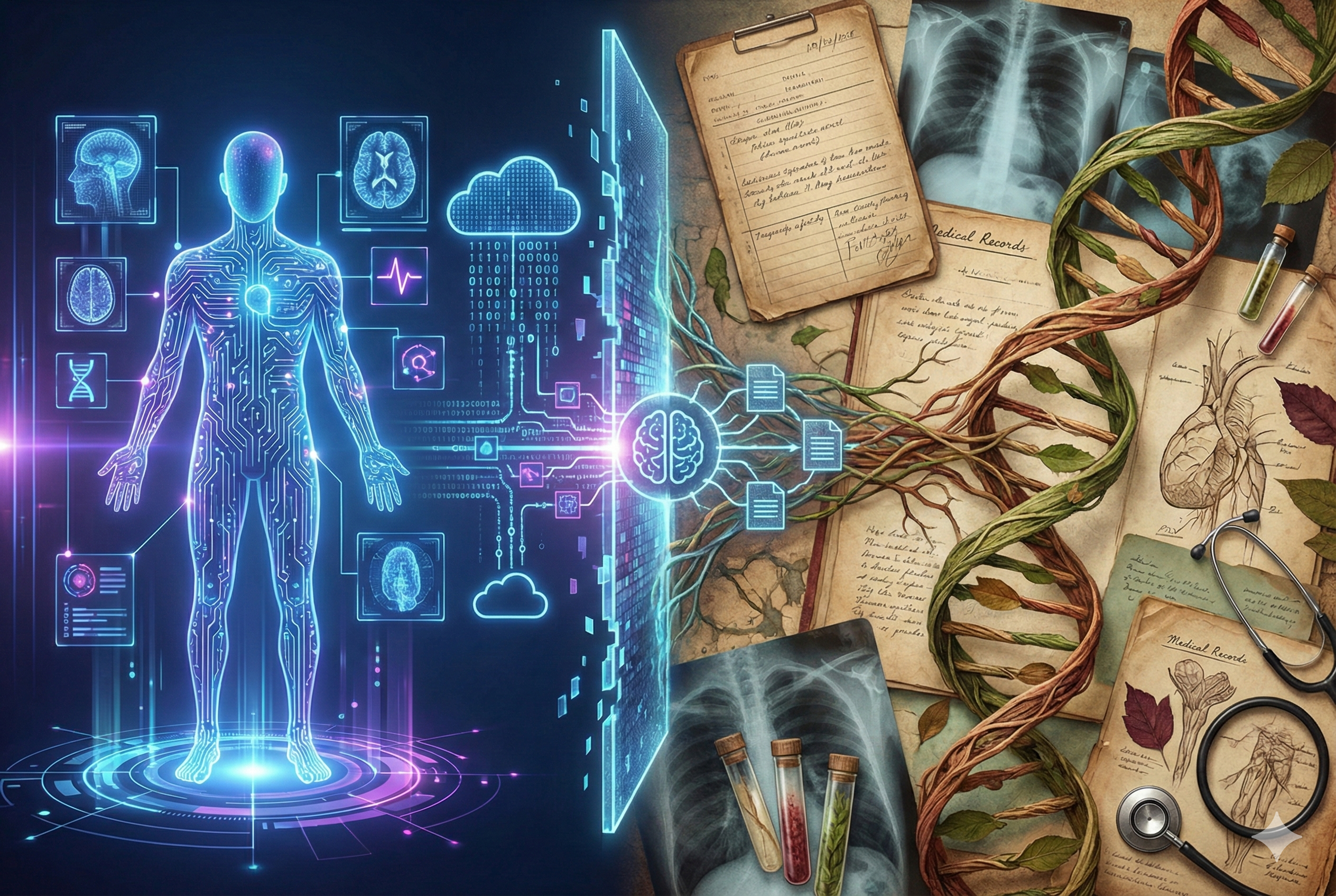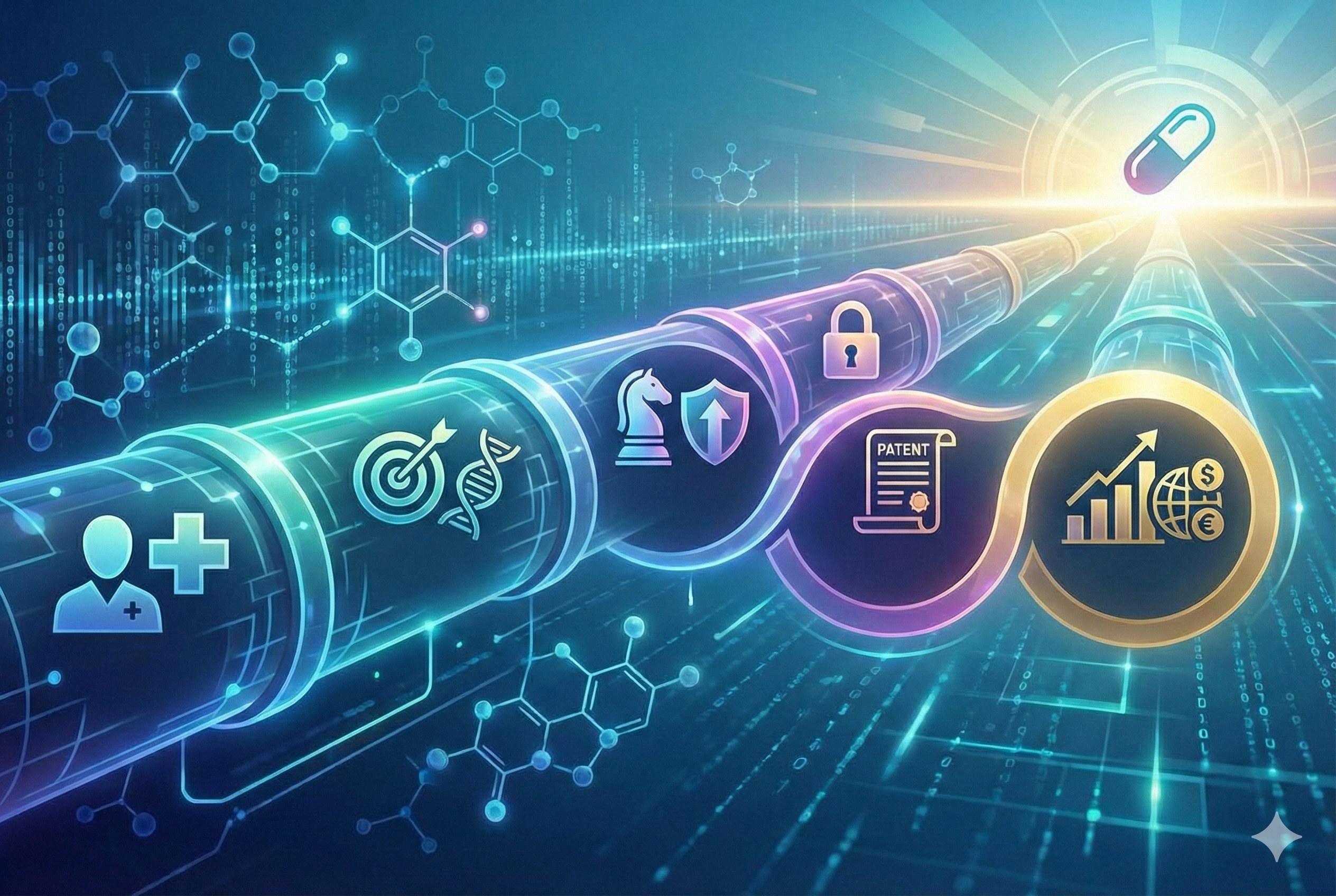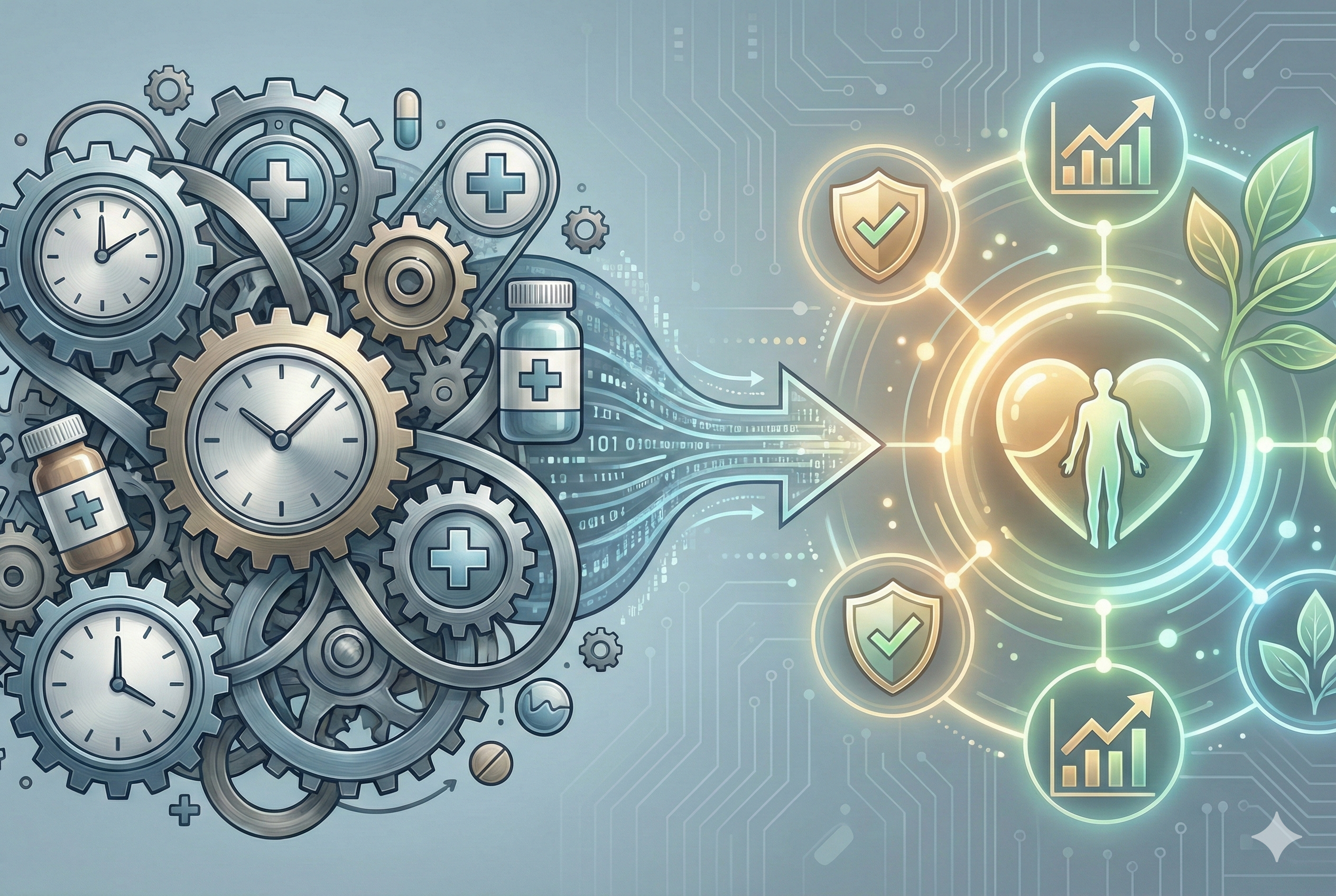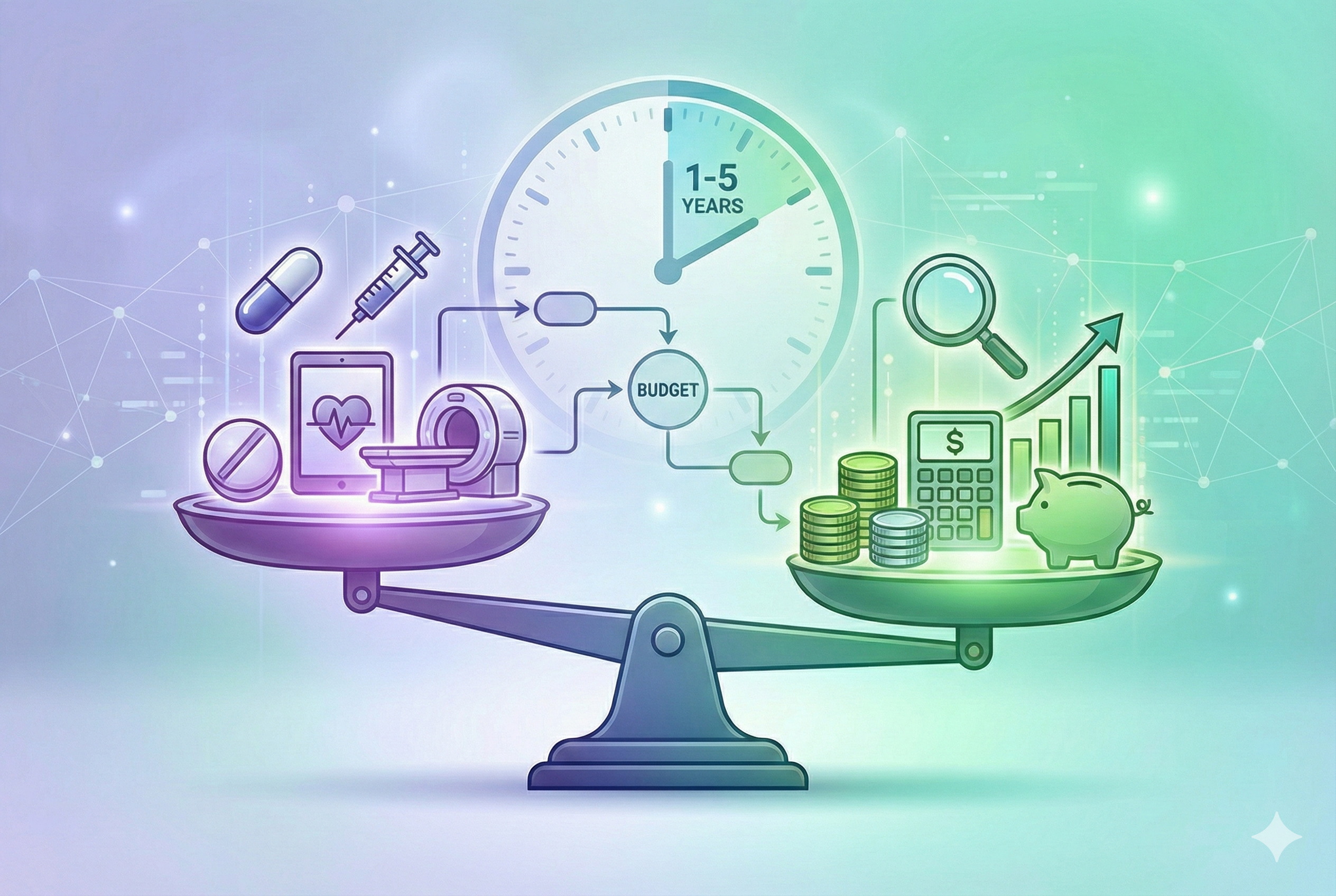Prelude to Power: OpenAI’s ChatGPT takes the lead
In the waning months of 2022, OpenAI unveiled ChatGPT, marking a pivotal moment in the AI landscape. It garnered a staggering 100 million active users within two months, establishing it as the fastest-growing consumer application in history. OpenAI’s momentum continued with the introduction of ChatGPT Plus, a premium version boasting advanced features like GPT-4 model access, data analysis, file upload, image generation, internet browsing, plugins, and customizable GPTs. The GPT-4 model, released in March, stands unrivaled in language processing prowess.
AI Renaissance: Businesses flourish with AI prowess
Beyond the user-friendly ChatGPT interface, OpenAI’s API offerings empowered developers with access to language models like GPT-3.5, GPT-4, image model DALL·E, and multiple audio models. Innovators harnessed these APIs to build bespoke solutions, utilizing retrieval-augmented generation (RAG) for tailored knowledge integration. Collaborative AI models addressed complex challenges across finance, healthcare, entertainment, and education, spawning a surge in AI-powered businesses. These ventures, often initiated by solo entrepreneurs, streamlined operations and bolstered efficiency across industries.
Tech Titans Clash: Competing for AI supremacy
Microsoft, recognizing ChatGPT’s potential, deepened its partnership with OpenAI, injecting an additional $10 billion into the collaboration. Integrating ChatGPT into Bing, Microsoft 365, and Windows propelled Microsoft’s stock to a 57% surge in 2023, claiming the title of the world’s most valuable company in early 2024.
Google, alarmed by ChatGPT’s ascent, raced to unveil its own chatbot, Bard, aiming to reclaim ground from the threat to Google Search. Despite subsequent upgrades, Bard, transitioning from LaMDA to PaLM and later Gemini, struggled to surpass GPT-4 in public leaderboards.
In contrast, Meta took an open-source approach, releasing the LLaMA models in February and LLaMA-2 in July, fostering a proliferation of open-source language models.
Whisper of Concern: Contemplating the AI future
In the closing months of 2023, a lawsuit was filed by the New York Times against OpenAI and Microsoft. The allegation? These tech giants were accused of infringing on copyrighted content to train their expansive language models, subsequently profiting from this.
Also as AI’s capabilities soar, apprehensions about the potential for superintelligent machines endangering humanity emerge. In March, concerns over AI’s trajectory prompted widespread debate and ethical considerations, urging a collective introspection on the implications of this technological prowess. An open letter signed by more than 20,000 people, including Yoshua Bengio and Elon Musk, called for “all AI labs to immediately pause for at least 6 months the training of AI systems more powerful than GPT-4”. In November, some of OpenAI’s board members, so concerned that AI might become uncontrolled, fired Sam Altman, the CEO of OpenAI, hoping to focus more on AI safety. The chaos at OpenAI shocked the world. Although Altman won the CEO title back after a week of turmoil, the public’s concern about an AI doomsday was not eased. In December, the European Union passed the AI Act, the world’s first comprehensive AI regulation law, to ensure that AI systems are safe, transparent, traceable, non-discriminatory, and environmentally friendly.

What will we see in 2024 and beyond?
As we approach the dawn of 2024, the rapid growth and evolution of AI, particularly Large Language Models, will continue. The critical question is not longer how we navigate the intricate landscape in the information technology industry itself, but how we can unleash the transformative power of AI in other sectors such as education, healthcare, finance and manufacturing. While there are differing opinions on the impact of AI, the focus should be on how these technologies can be effectively leveraged to address specific challenges within these sectors. The journey ahead may be complex and filled with both opportunities and challenges. As we navigate this path, it’s crucial to remain objective, continuously evaluate the impact, and adjust our strategies as needed.










